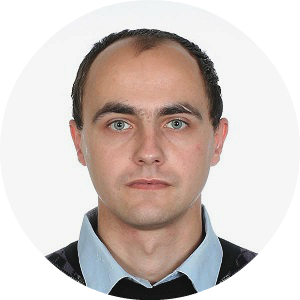The article presents the results of a historical and geographical study of the confessional composition of the population of the Pskov region using the time series analysis. This method has been widely used in the historical geography of the population. The study covers almost 50 years since the middle of the 19th century to the census of the population in 1897. This period is divided into two stages, and the turn of the 1870–80s is chosen as the intermediate date. The study reveals differences in the confessional structure of the population of the Pskov region. The Pskov region is a unique object for studying various historical and geographical processes; in particular, participating in the formation of the modern ethno-cultural space of the Northwest of Russia. This is explained by the position of the region in the contact zone of three cultural worlds, the specifics of which are determined by the prevailing religions. This is the Russian Orthodox world (the territory of the Pskov region), the Central European Catholic world (the eastern part of Latvia – Latgale), and the Northern European Lutheran world (Estonia). In order to study all of the processes, one can suggest using methods developed in historical geography, in particular, time series analysis.
Keywords: Pskov region, historical geography, confessional composition, religion
DOI: 10.22250/2072-8662.2018.1.92-102
About the author
 |
Andrey G. Manakov – DSc (Geography), Associate Professor, Professor at the Department of Geography of Pskov State University; 21 Sovietskaya str., Pskov, Russia, 180000; region-psk@yandex.ru |
 |
Vitaliy S. Dementiev – PhD student at the Department of Geography of Pskov State University; 21 Sovietskaya str., Pskov, Russia, 180000; This email address is being protected from spambots. You need JavaScript enabled to view it. |